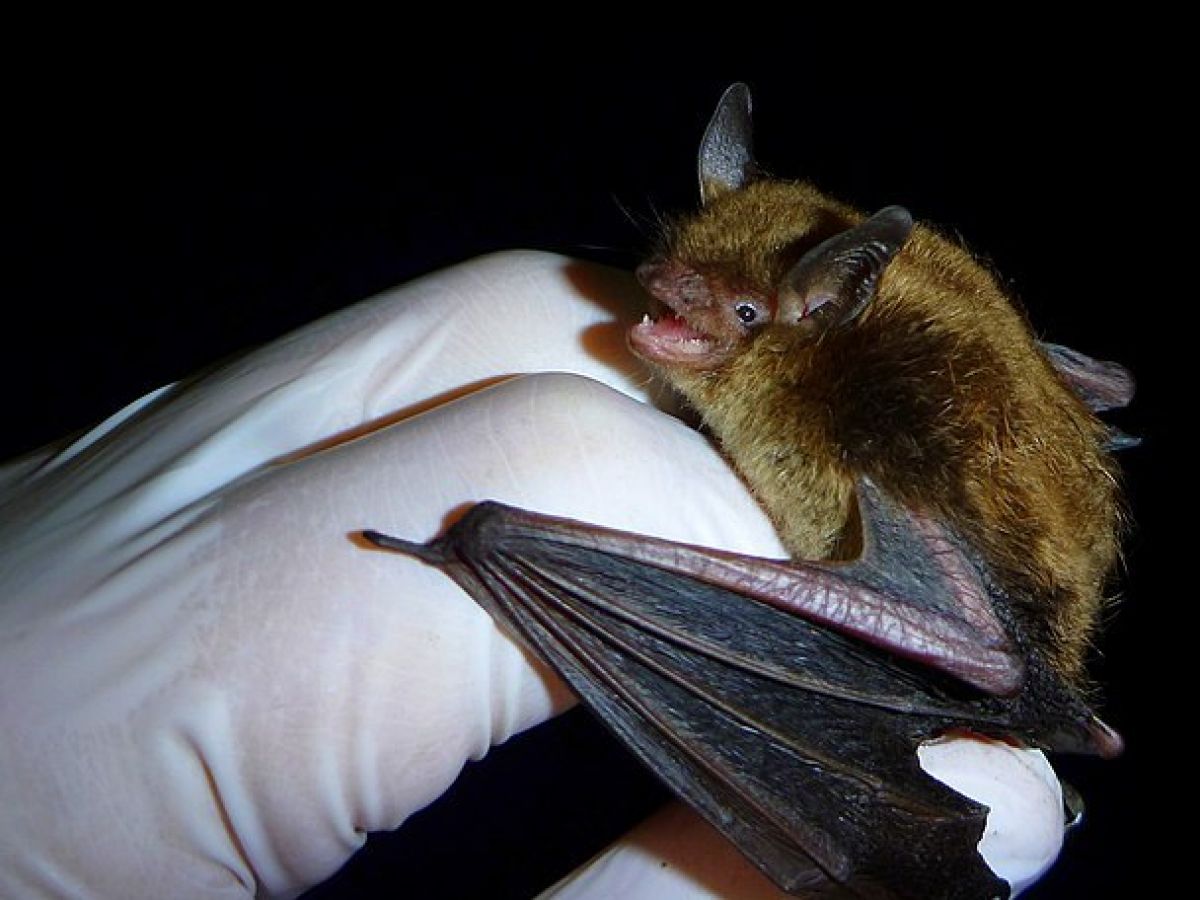The average lifespan of bats is 3 to 4 years, but some species can live up to 35 years without developing cancer. A previously misunderstood, and it must be said, envied, ability, since these bats live on average 3.5 times longer than predicted by their body size, according to a study published in Biology Letters in 2019.
They then make excellent models for studying the secrets of longevity. Researchers from the University of Rochester (United States) chose to study four species of bats with particularly sharp anti-cancer defenses to understand the biological mechanisms at work against the disease. Their results are available in the review Nature Communications.
Peto's paradox
Not all animal species are equal when it comes to the risk of developing cancer.
Since the origin of cancer is a cell malfunction, one might expect that large, long-lived animals, such as elephants or whales, would be much more likely to develop cancer than small, short-lived animals. Their bodies have many more cells that are likely to mutate over time, because each cell division is associated with a risk of mutations leading to a cancerous lineage. Within species, this works, but across species, there is no clear correlation between size, longevity, and cancer risk, even though a whale has many more cells than a human.
This biological enigma is called the "Peto paradox." It suggests that some species may have evolutionary mechanisms that are particularly well-adapted to combat cancer, allowing them to compensate for this increased risk. This is what is highlighted the 2022 study conducted on nearly 200 species of mammals in captivity: despite significant variations in cancer mortality, size and lifespan do not predict this risk, thus confirming the paradox.
Read alsoCancer paradox doesn't exist after all, new study finds
PARADOXICALThis paradox is, like any paradox, often questioned. In a study published in the journal PNAS (Proceedings of the National Academy of Sciences) In early 2025, British researchers examined existing cancer data from 263 animal species belonging to four distinct groups: 31 amphibians, 79 birds, 63 reptiles, and 90 mammals. They discovered that the larger the animal, the higher the prevalence of developing a tumor, malignant or not, was indeed, the exact opposite of the paradox. They did, however, find a few exceptions. Among them, the elephant, which has the same cancer risk as a mammal like the tiger, ten times smaller. But this does not call into question the anti-cancer mechanisms developed by various species.
"There are three main defense mechanisms against cancers."
Cancer forms when cells begin to multiply uncontrollably. Normally, cells follow strict rules: they divide to replace old cells, then stop when it's no longer necessary. But sometimes, they don't reproduce exactly the same way. Errors in DNA replication are called "mutations," and they can be more or less dangerous. Because of mutations in their DNA (caused by the environment, natural errors, or hereditary factors), these cells lose control of their growth. They then continue to proliferate, forming a mass called a tumor, which can invade neighboring tissues or spread elsewhere in the body: this is called metastasis.
"There are three main defense mechanisms against cancers.", explains Frédéric Thomas, research director at the CNRS and CREEC in Montpellier. The first is to repair poorly replicated DNA before the cell becomes cancerous. This is also the technique used by the naked mole rat, a small mammal with remarkable immune defenses, which can live up to 30 years and is not prone to cancer.
Another technique is to prevent the proliferation of cells in the body (metastases), "We have a tumor but we develop mechanisms to live with it, without it spreading.", the researcher specifies.
Read alsoIncrease in colorectal cancer among young people: a cause finally identified
Weak cells but an effective defense system
The mechanism found in some bat species is the same as that of the elephant: it involves eradicating cancer cells once they have formed. Indeed, bats are rather poor at repairing their DNA. "In humans, it takes about five dangerous mutations in the same gene for cancer to start developing. In bats, it only takes two or three mutations," confirms Vera Gorbunova, professor of biology and medicine at the University of Rochester and author of the study.
The results of his study show that these bats have two copies of the p53 gene, a tumor suppressor gene, associated with higher p53 protein activity. High concentrations of p53 in the body can kill cancer cells before they become harmful, through a process called apoptosis, which involves forcing the cell to destroy itself.
On the other hand, excessively high concentrations of p53 are harmful because they also eliminate healthy cells. To compensate, bats have an enhanced immune system that effectively balances apoptosis with the help of an enzyme called telomerase. This enzyme allows cells to proliferate indefinitely. This is an advantage in aging because it promotes tissue regeneration.
“ Bats have an extremely efficient immune system, eliminating many deadly pathogens. For example, they have excellent control over inflammation and fight viruses and age-related diseases., continues the researcher
Read alsoMajor discovery in the fight against cancer: certain antidepressants boost tumor destruction
Comparative oncology applied to humans
Elephants have 20 copies of the p53 gene, which explains their extreme resistance to cancer. Conversely, humans have only one. Several anticancer drugs already target p53 activity, and others are under study. The authors of this work nevertheless emphasize the importance of confirming that increasing p53 gene activity constitutes an effective defense against cancer in humans, by eliminating it or slowing its growth.
“Risk-free increase of the telomerase enzyme could also make it possible to apply their results to people with cancer.", added Vera Gorbunova, emphasizing the importance of further studies on the subject. This enzyme is being studied in research on humans with exceptional longevity in order to discover which genes and epigenetic factors are overrepresented in these individuals.


